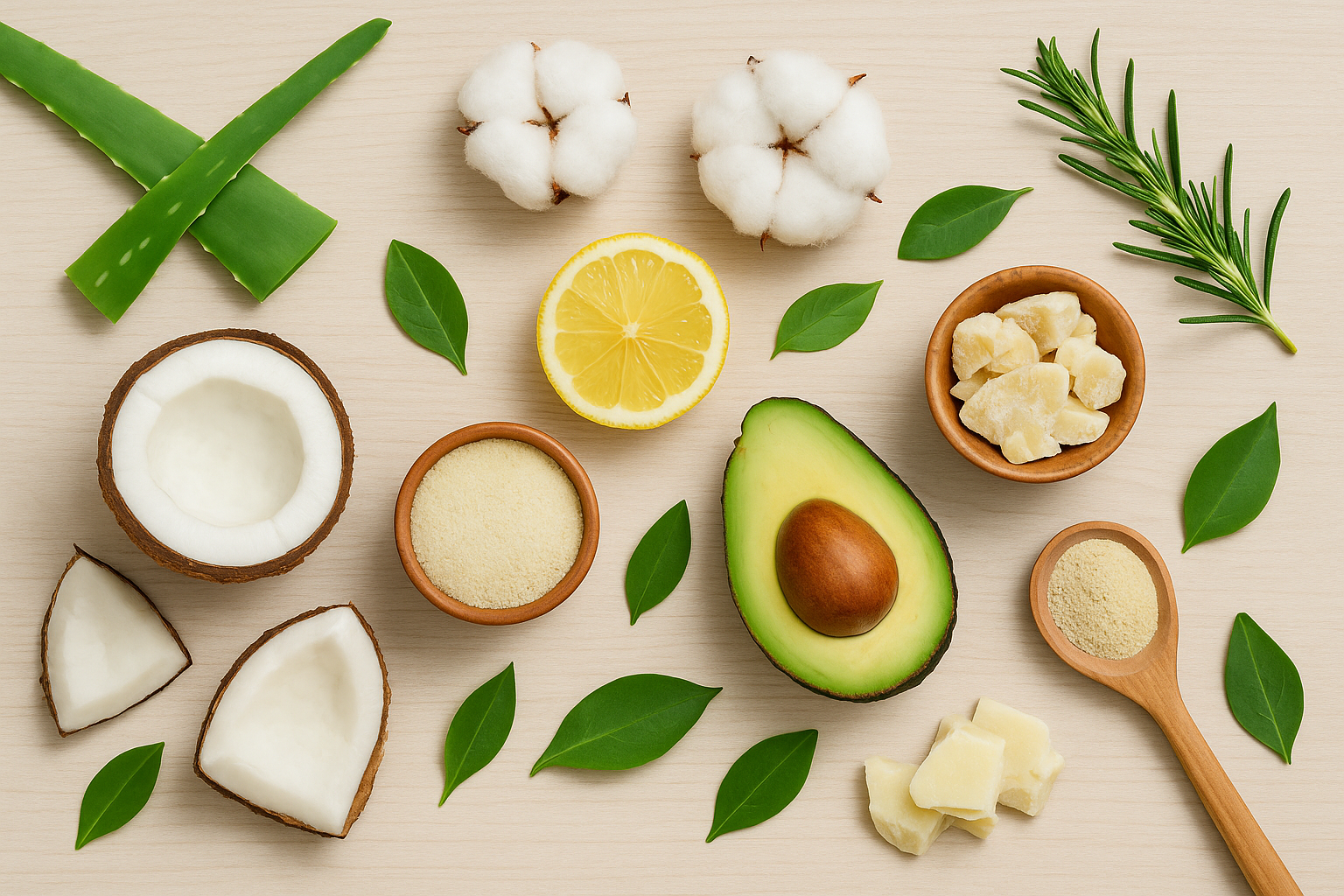Skin Blemishes: Why Do They Occur and How Can They Be Treated?
Blemishes are a common problem for many people, and they can appear suddenly and persist on the skin for years. So, where do these spots come from? Let's explore them together.
What is Hyperpigmentation?
The appearance of some areas of the skin darker than others due to excess melanin production is called "hyperpigmentation," or more commonly known as "blemishes." This condition can occur for various reasons, including genetic factors, hormonal changes, or acne. However, the mechanisms of blemish formation are generally similar.
What is Melanin?
Melanin is the pigment that gives color to the skin. It is produced by melanocyte cells located in the epidermis. UV rays from the sun are the primary trigger for melanin production. If your skin is prone to blemishes or has an underlying cause, they can develop quickly. Melanin synthesis occurs via an enzyme called tyrosinase, and most blemish-reducing active ingredients act on this enzyme.

Types of Stains
Melasma
It's a type of hyperpigmentation that occurs as a result of pregnancy, birth control pills, or hormonal changes. It usually appears as large, irregular patches.
Age Spots
These spots are caused by prolonged sun exposure, lack of regular sunscreen use, and aging. They typically appear as round, brownish hues and uneven skin tone.
Acne Spots
Post-acne spots are divided into two groups:
-
PIE (Post Inflammatory Erythema): These are red spots caused by the dilation of capillaries as a result of inflammation and trauma. They become more visible as the skin barrier weakens.
-
Post-Inflammatory Hyperpigmentation (PIH): These are brown spots that appear as a result of excess melanin production due to the skin's natural response to inflammation. They become more noticeable with sun exposure.
Anti-Stain Ingredients and Their Mechanisms of Action
Anti-blemish ingredients work by inhibiting the blemish formation mechanisms at various points. Below, let's examine the effects of some clinically proven ingredients on melanin synthesis and how they work:

To summarize;
-
Those That Reduce Melanin Production: Ingredients such as Arbutin and Kojic Acid, which suppress the tyrosinase enzyme, are in this category.
-
Cellular Renewal Supporters: Retinoids and vitamin C accelerate cell turnover, reducing the appearance of blemishes.
-
Antioxidants: They help prevent hyperpigmentation by reducing skin damage.
Different ingredients can produce more powerful results when used together, creating a synergistic effect. Scientific research shows that stain-removing active ingredients are more effective when used in combination.
Discover Our Anti-Stain Products.
How Long Does It Take For Stains to Go Away?
Hyperpigmentation takes time to improve, and at least three months of consistent use are required to see visible results. Clinical studies typically last 12 weeks.
Additionally, sunscreen should be used regularly to prevent new spots from forming. While blemishes persist, sun protection is a critical step in maintaining skin health.
You can review our other blog post for general anti-stain care and product recommendations.
Sources:
NA Vashi, RV. Kundu. Facial hyperpigmentation: causes and treatment. British Journal of Dermatology. 2013;169(Suppl. 3):41–56.
Galappatthy P., Rathnayake D. Depigmenting Agents. In: Kumarasinghe P. (eds) Pigmentary Skin Disorders. Updates in Clinical Dermatology. 2018 Springer, Cham.
Hollinger JC, Angra K, Halder RM. Are Natural Ingredients Effective in the Management of Hyperpigmentation? A Systematic Review. J Clin Aesthet Dermatol . 2018;11(2):28-37.
Shankar K, Godse K, Aurangabadkar S, et al. Evidence-based treatment for melasma: expert opinion and a review. Dermatol Ther (Heidelb) . 2014;4(2):165-186.
Kim H, Choi HR, Kim DS, Park KC. Topical hypopigmenting agents for pigmentary disorders and their mechanisms of action. Ann Dermatol . 2012;24(1):1-6.



Comment
Merhabalar,
Ürünlerinizi yaklaşık 1 senedir severek kullanıyorum. Etkilerini hissettikçe diğer ürünlerinizden de almaya başladım. Ürünler arttıkça uygularken işlem basamakları iyice karıştı.
Özellikle leke tedavisi için arbutin, niacinnimide, c vitamini, aha bha serum ne sırayla ve ne sıklıkla kullanmalıyım. Bilgi verebilirseniz çok memnun olurum.